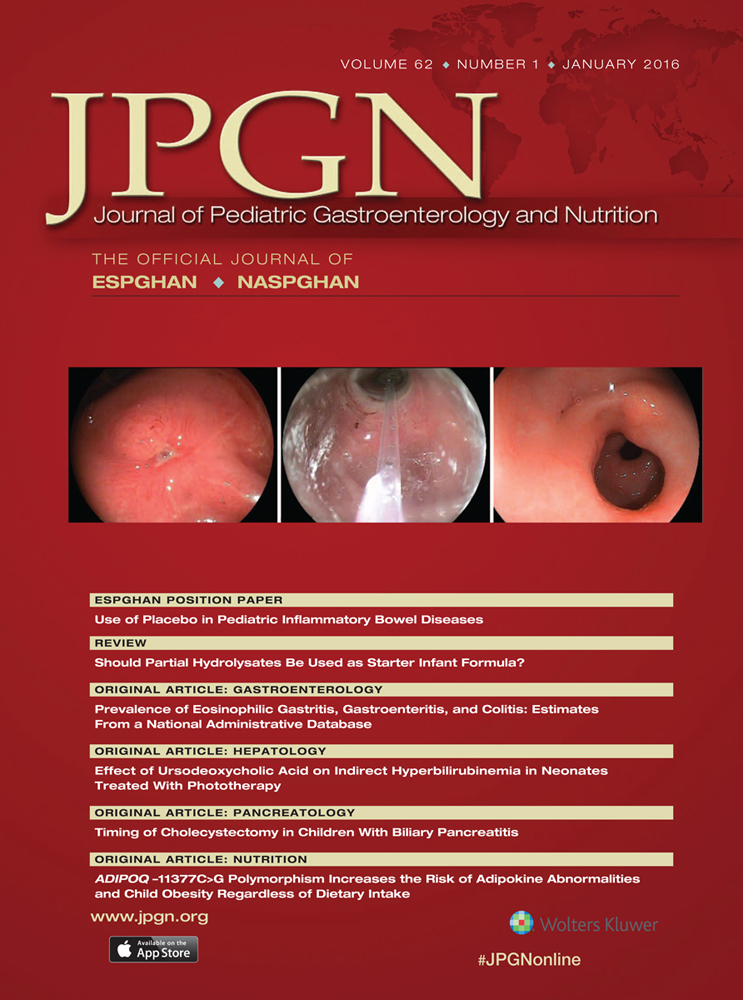Factors Determining Optimal Fatty Acid Absorption in Preterm Infants
The content is solely the responsibility of the authors and does not necessarily represent the official views of the Harvard Catalyst, Harvard University, and its affiliated academic health care centers, the National Center for Research Resources, or the National Institutes of Health. None of the funding bodies had any role in the study design or conduct; data collection, management, analysis or interpretation; preparation, review, or approval of the manuscript.
C.R.M. was supported by the Program for Faculty Development and Diversity of Harvard Catalyst, Harvard Clinical and Translational Science Center, National Center for Research Resources (award UL1 RR 025758 and financial contributions from the Harvard University and its affiliated academic health care centers), 1R01DK104346-01, the Charles H. Hood Foundation, the Alden Trust, the Gerber Foundation, and the generous philanthropic donors to the Infant Health Research Program at Beth Israel Deaconess Medical Center. The authors report no conflicts of interest.
ABSTRACT
Objectives:
The aim of the present study was to quantify absorption coefficients of specific fatty acids in preterm infants as a function of diet, formula or breast milk (BM), and postnatal age; to identify the fatty acid structural characteristics that determine optimal fatty acid absorption.
Methods:
Fatty acids from dietary and fecal samples were extracted and quantified by gas chromatography-mass spectroscopy. Fatty acid absorption coefficients (FA-CFAs) were calculated by comparing the total amount of fatty acids supplied by the diet to the amount quantified in the total fecal output during a 3-day period.
Results:
A total of 18 infants (BM 8, formula 10) were studied at 2 weeks of age, and 20 infants (BM 10, formula 10) were studied at 6 weeks of age. FA-CFAs decreased with increasing carbon length in formula-fed infants at 2 and 6 weeks. Results were similar but less in magnitude in BM-fed infants at 2 weeks with no difference at 6 weeks.
Conclusions:
Preterm infants fed formula demonstrated lower FA-CFAs as a function of increasing carbon length. This is consistent with limited pancreatic lipase production and with lipase being present in BM but not in formula. The fact that this pattern was seen in BM-fed infants at 2 weeks but not 6 weeks of age suggests that intestinal immaturity may also play a role in impaired fatty acid absorption. These data highlight principles that need to be considered to optimize delivery and absorption of dietary long-chain polyunsaturated fatty acids in preterm infants.




